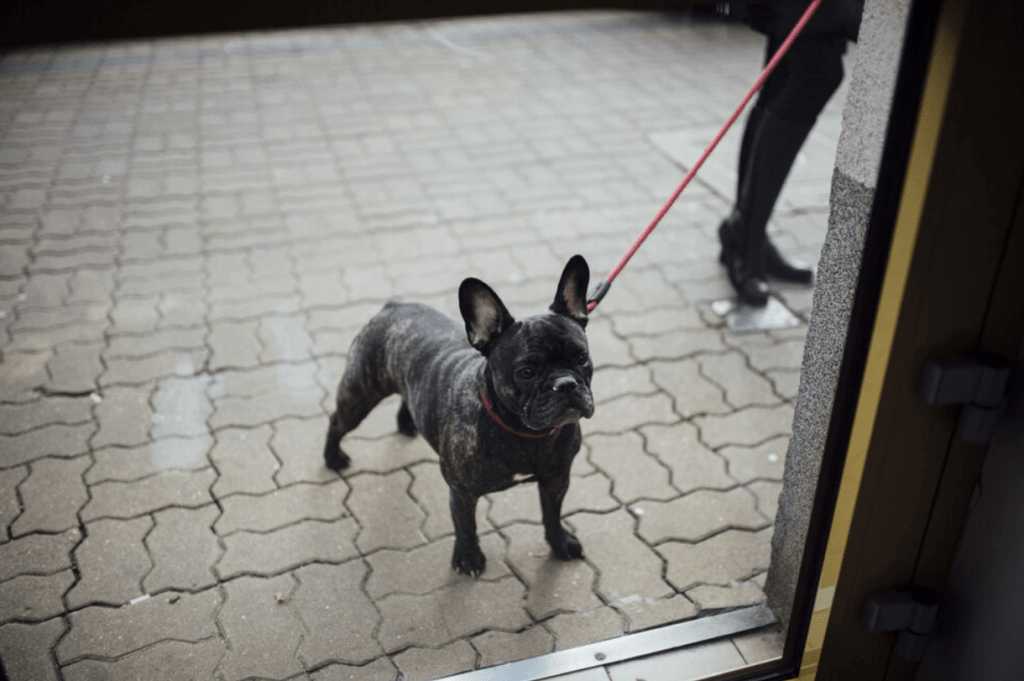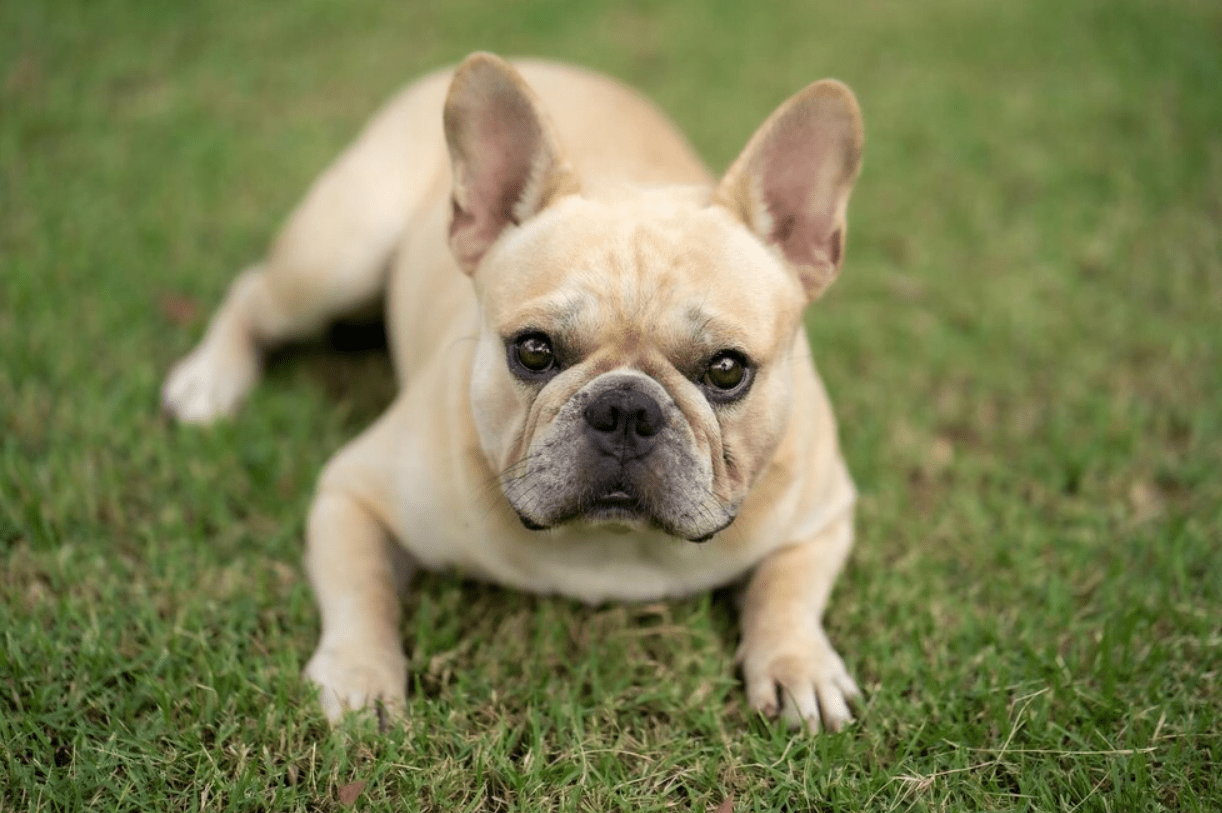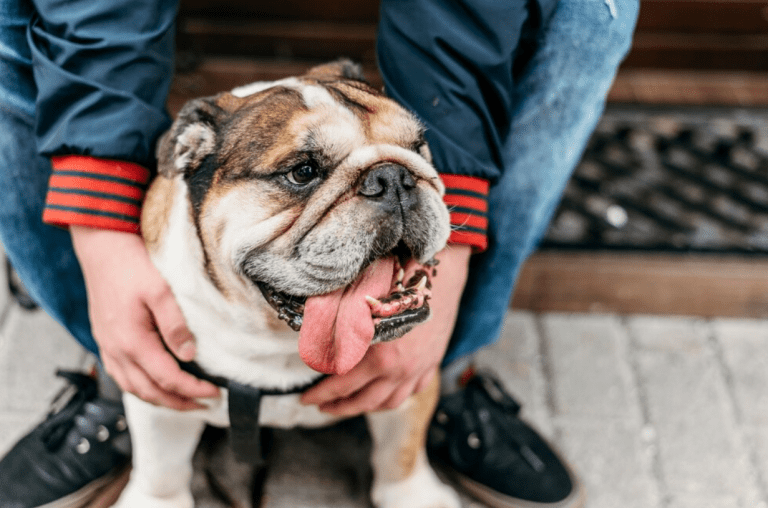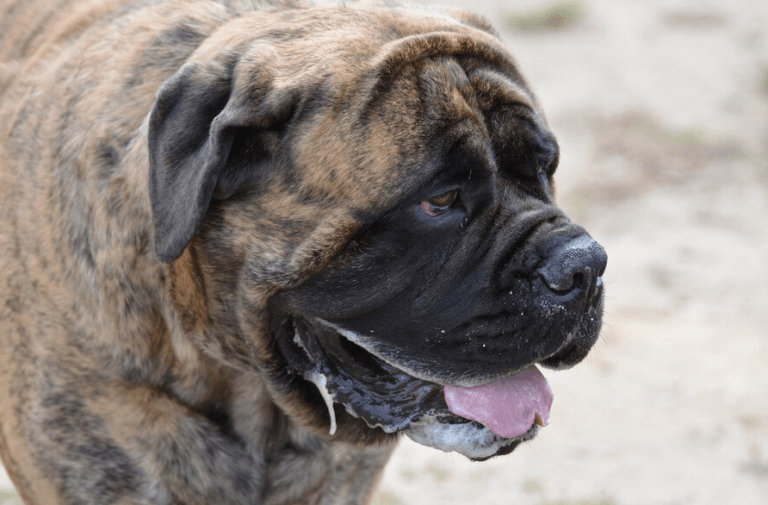What Were Bulldogs Bred For
Bulldogs were popular in England from the 13th Century until they were outlawed in the early 19th Century. In this brutal activity, dogs, including bulldogs, were pitted against bulls in a ring.
Their firm, muscular build and determined nature made them well-suited for gripping the bull’s nose and not letting go, hence the name “bulldog.” Over time, as bull-baiting became illegal, bulldogs were bred to have a less aggressive temperament and were eventually developed into the gentle and affectionate companions we know today.
Hundreds of years ago, bulldogs were first developed in England for bull baiting and antagonising a bull for pleasure or theatre due to their distinctive strength and frequently offensive nature. Their strength and cruelty also made them famous for dog fighting.

What Were Bulldogs Originally Bred For
With their muscular build and determined outlook, Bulldogs were bred initially for bull-baiting in 13th-century England. This brutal sport involved setting dogs on bulls to entertain viewers.
Bulldogs’ sturdy bodies and strong jaws made them well-suited for gripping the bull’s nose and not letting go. As the sport of bull-baiting became increasingly frowned upon, bulldogs found a new purpose as loyal companions to butchers and farmers.
Their relentless nature and protective instincts made them excellent guard dogs, unwaveringly dedicated to watching over livestock and property. Through careful breeding practices over the centuries, bulldogs evolved into the affectionate and gentle breed we know today.
Despite their tough exteriors, modern bulldogs are known for their loving temperaments and devotion to their human families. Their journey from extreme bullbaiters to beloved family pets showcases the strength and adaptability of these incredible animals.
Bulldogs: Beyond the Wrinkles, Unraveling Their Historical Purpose
When we look at a bulldog with its distinctive wrinkled face and sturdy build, we are quickly captivated by its unique appearance. Bulldogs have a rich history that dates back centuries, from when they were initially bred for specific purposes.
In the past, bulldogs were primarily used for bull-baiting, a cruel sport in which dogs attacked bulls in an arena. This brutal practice eventually led to regulations banning such activities. As a result, bulldogs needed to adapt and find new roles beyond fighting bulls.
Over time, bulldogs transitioned from aggressive fighters to loyal companions and reliable working dogs. They became known for their perseverance, strength, and courage in various tasks, such as guarding livestock or helping hunters.

The Evolution of Bulldog Breeding
The evolution of bulldog breeding is a complex and sometimes controversial topic. Bulldogs, initially bred in England for bull-baiting, have undergone significant changes in appearance and temperament over the centuries.
Origins in Bull-Baiting: Bulldogs were initially bred in England in the 16th Century for bull-baiting, a cruel sport where dogs were pitted against bulls. They were selected for their muscular build, powerful jaws, and tenacity.
Transition to Companion Animals: Bulldogs faced extinction when bull-baiting was outlawed in the 19th Century. However, some breed enthusiasts began breeding them for a different purpose: as companion animals.
Selective Breeding for Appearance: As bulldogs became popular as pets, breeders began selectively breeding them for certain physical traits, such as their distinctive wrinkled face, stocky build, and pushed-in nose. This selective breeding contributed to the excessive features seen in modern bulldogs.
Health Concerns: Unfortunately, the emphasis on appearance in bulldog breeding has led to various health issues. Many modern bulldogs suffer from breathing problems due to their flat faces (brachycephalic syndrome), as well as joint issues, skin problems, and reproductive difficulties.
Efforts for Healthier Breeding: In recent years, there has been a growing movement within the bulldog community to promote healthier breeding practices. These include outcrossing with other breeds to introduce genetic variety and supporting breeding standards that prioritise health and temperament.
Tracing Their Purpose from Past to Present
Tracing the purpose behind bulldog breeding from the past to the present reveals a significant evolution influenced by cultural shifts, societal needs, and changing attitudes towards animals.
Bull-Baiting Era (16th to 19th Century)
Bulldogs were originally bred for bull-baiting, a violent sport in which dogs attacked bulls for entertainment. They were selected for their courage, strength, and ferocity.
Bulldogs were bred to have muscular bodies, powerful jaws, and a tenacious temperament suitable for combat with bulls. Bull-baiting was a popular form of entertainment in England until it was banned in the 19th Century due to its cruelty.
Transition to Companion Animals (19th Century):
With the banning of bull-baiting, bulldogs faced extinction. However, enthusiasts recognised their potential as loyal and affectionate companions. Selective breeding focused on temperamental traits, emphasising loyalty, obedience, and suitability as family pets.
This year, people saw a shift in attitudes towards animals, leading to animal welfare movements and the promotion of companion animals that overwork or fight breeds.
Rise of Dog Shows and Breed Standards (Late 19th Century):
Establishing kennel clubs and dog shows led to formalising breed standards, including those for bulldogs. Bulldogs were selectively bred for specific physical characteristics, including their distinctive wrinkled face, pushed-in nose, and compact body.
The Victorian period’s focus on refinement and aesthetics influenced the development of excessive breed standards, prioritising appearance over functionality.
Modern Era (20th Century to Present):
Bulldogs continue to be bred as companion animals and symbols of strength and resilience. While bulldogs retain their distinctive appearance, concerns have emerged over health issues associated with exaggerated features, such as brachycephalic syndrome (breathing difficulties).
Increased awareness of animal welfare issues has led to calls for responsible breeding practices that prioritise the health and well-being of bulldogs over adherence to breed standards.
There is a growing movement towards promoting healthier breeding practices, including outcrossing with other breeds to reduce genetic disorders and improving breed standards to prioritise health and temperament.






